Exchange: Students making key contributions
China remained the leading place of origin among international students at universities and colleges in the United States for the 2022-23 academic year, according to a report.
The Open Doors 2023 Report on International Educational Exchange, released by the Institute of International Education, said that China sent 289,526 students to the U.S. for the academic year, followed by India with 268,923 students.
Chinese students comprised 27 percent of the total number of international students in the U.S., while Indian students made up 25 percent, the report said.
The number of Chinese students in the U.S. for the current academic year is the lowest since the figure peaked at more than 369,000 in 2019-20, a drop of 21 percent over a period of three years.
The decline is partially due to geopolitical tensions, said Madelyn Ross, president of the U.S.-China Education Trust, on Tuesday at an online discussion about Chinese students in the U.S..
"Some prominent American voices have labeled Chinese students and scholars broadly as a national security threat, and questioned whether the risks of educational exchanges outweigh the benefits," Ross said.
Their suspicions are in stark contrast with the general consensus that has been in place during most of the past four decades, "when Chinese international students have been widely viewed as a positive presence in American higher education", she said.
Ross said there is a lot of alienation and waning enthusiasm among high school and college students in China. "They see the United States as less welcoming. They see gun violence. They see they have more questions, and they have more choices. They can stay in China. Also, a lot of other countries are wooing them."
Despite the current situation, Ross believes that Chinese students who have studied in the U.S. are a positive force for both countries. She invited four Chinese Americans who initially came to the U.S. as students to share their experiences at the online discussion.
Yawei Liu, senior adviser on China at The Carter Center and a member of the Council on Foreign Relations, came to the U.S. in 1987. After obtaining a master's degree and completing his PhD, he joined the Carter Center in 1998 and became its China Program director in 2005. He has done a great deal in bridging the relationship between the two nations.
Min Fan, executive director of the United States Heartland China Association, initially studied information systems in China, as her parents wished. Fan came to the U.S. and tried her hand at art, business and innovation before she found her true passion doing nonprofit work.
During the COVID-19 pandemic, Fan helped the association launch a few programs to keep China and the U.S. engaged. "I feel very fortunate after trying different industry fields to kind of find a sweet spot for me, where my interest and passions align with the needs I see," she said.
Dawn Li came to the U.S. in the 1990s, when she was in her mid-20s. Witnessing the development of the internet, she rode the technological wave and co-founded a company providing data and analytical solutions, mostly to the U.S. government.
Yi Zheng, who came to the U.S. in 2009, is now an associate professor at Northeastern University in Boston, Massachusetts. As an accomplished engineer, he has published more than 80 journal papers, filed nine patents and founded clean tech startup Planck Energies.
Ross said the four panelists represented the diverse people who have come to the U.S. from China since the early 1980s and "the significant contributions they have made to this country over the years".
Liu said that Chinese students who came and settled in the U.S. contributed "to a better, productive and more stable relationship between these two countries", and consequently, "they are making contributions to a better world, to global peace and prosperity".
Ross said that some 3 million Chinese students have studied in the U.S. over the past 40 years, and many of them play key roles in both Chinese and American society.
Chinese students act as a bridge, helping people in the U.S. and China understand each other, and a significant number of them are "helping to manage U.S.-China relations in governments and boardrooms on both sides", Ross said.
"In terms of numbers, duration and impact, Chinese and American student exchanges clearly form the bedrock of U.S.-China relations," she added.
The trend of Chinese students in the U.S. has undergone some transformation in the past three decades, according to a new study.
The study, titled "Chinese International Students in America 1985-2021", conducted by U.S.-China Education Trust and the University of California, San Diego's 21st Century China Center, found that less than 10 percent of the respondents received financial support from their families prior to 2004, but more than 75 percent of those who graduated after 2015 did.
Fewer Chinese students chose to stay in the U.S. as time went by, the study found. Some 71 percent of the students who graduated between 1991 and 2004 stayed in the U.S. and went on to acquire U.S. citizenship. That figure dropped to 30 percent for Chinese students who graduated between 2004 and 2015.
The downward trend of Chinese students coming to the U.S. might be reversing, according to data released in late November by the U.S. embassy in Beijing.









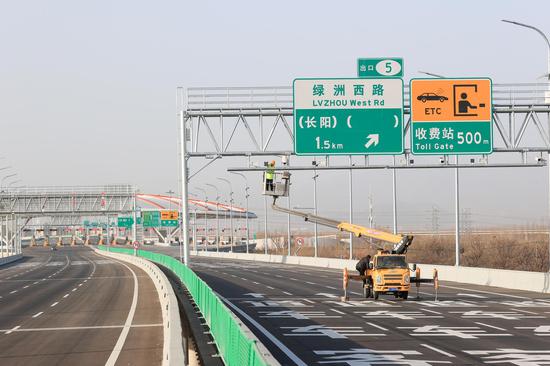







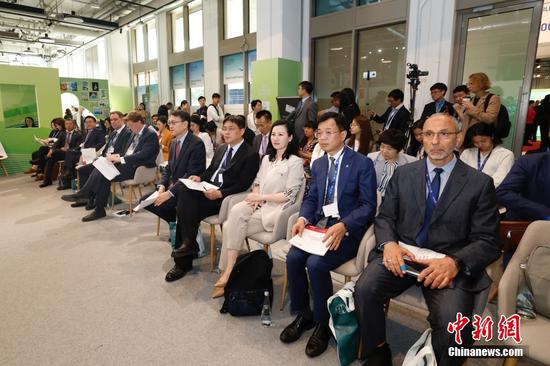
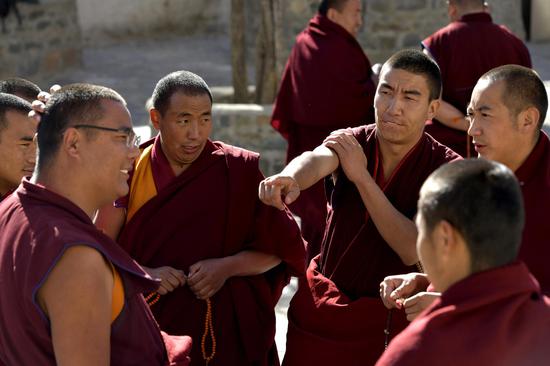










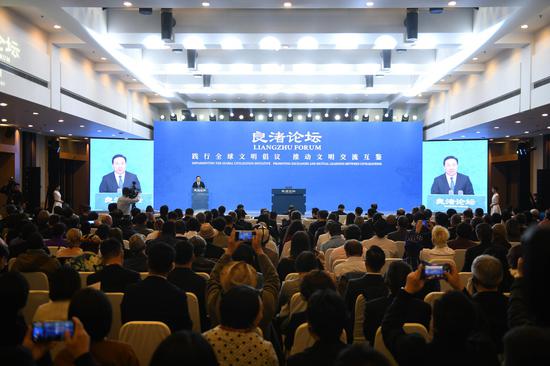





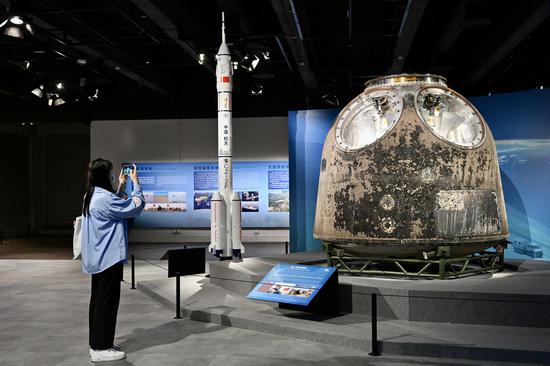







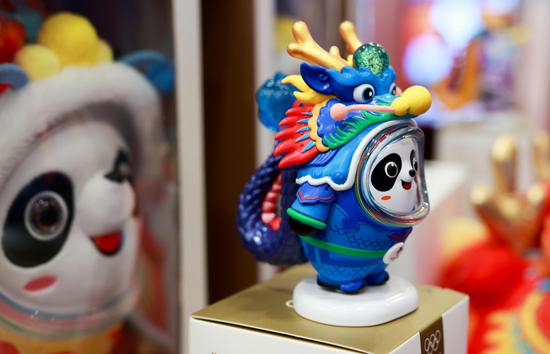




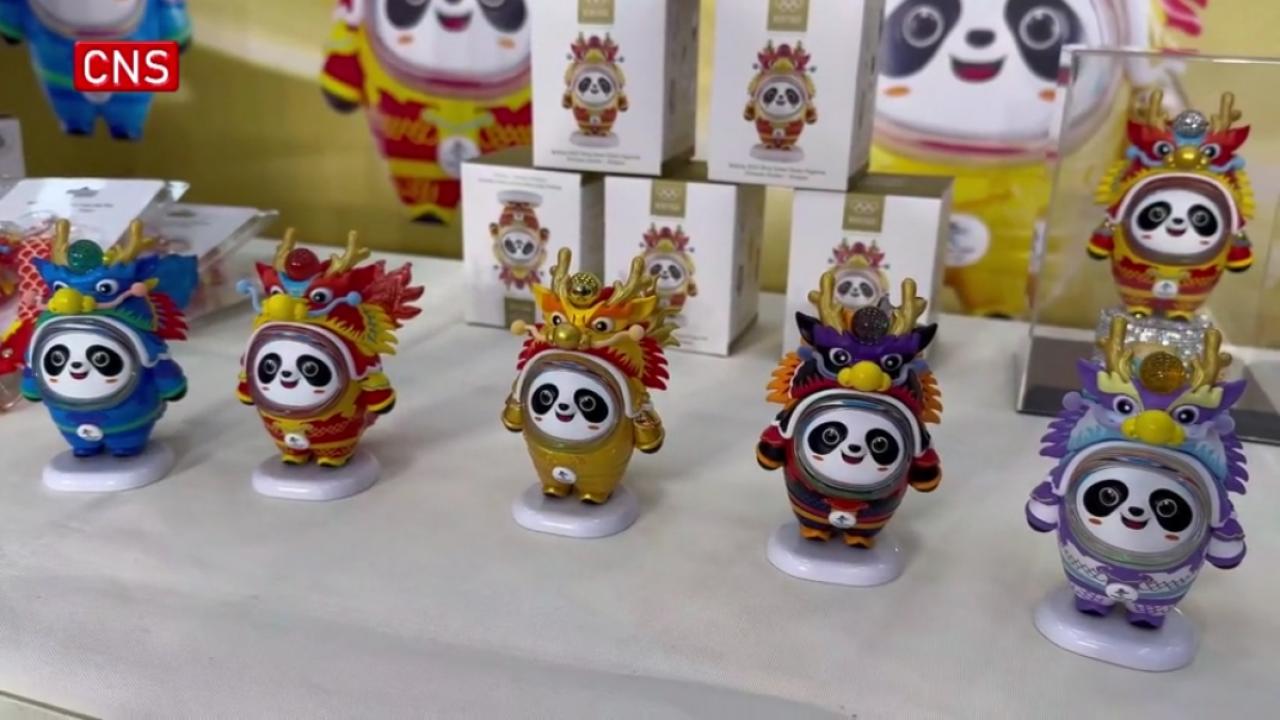

 京公网安备 11010202009201号
京公网安备 11010202009201号